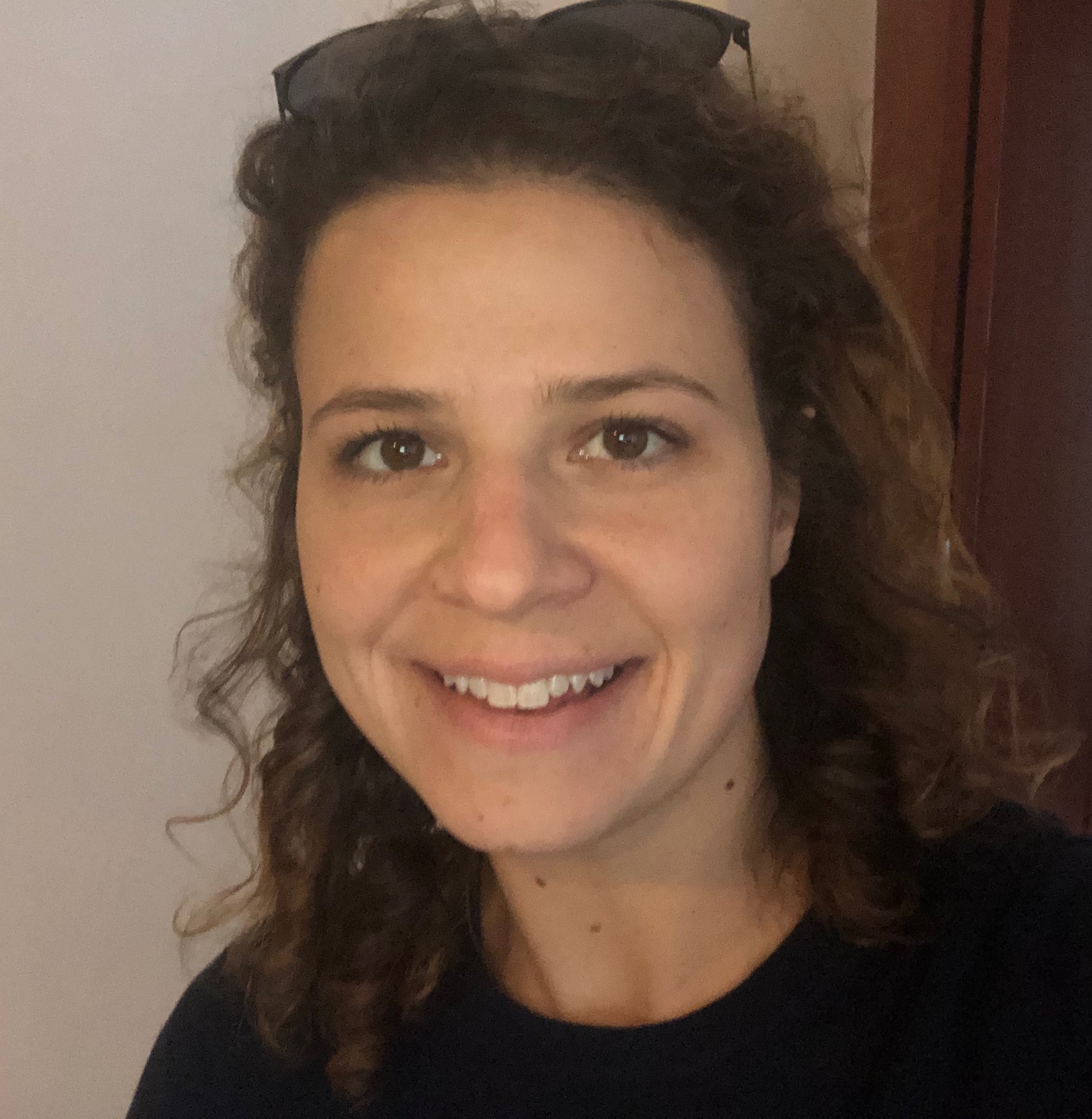Anne-Perrine Avrin (Bo 208) discovered the United States while pursuing her internship at the University of California, Berkeley. Today Anne-Perrine is sharing some thoughts on her American journey, her professional experience and life in the US.
- Tell us about your career path and area of expertise today. How did it come about?
While studying at Art et Metiers, I pursued a dual engineering degree with the INSTN (French Institute for Nuclear Science and Technology) at the end of which I undertook an internship in the nuclear engineering department at the University of California, Berkeley. Having a deep interest in areas relating to clean energy development and energy access, I chose, after this internship, to pursue a Master and a PhD in the Energy and Resources Group at UC Berkeley in collaboration with Framatome. My thesis focused on breaking the bolt of the cost-efficient deployment and use of nuclear and renewable energies in China. During these 5 years as a student at UC Berkeley, I had the opportunity to work on research topics at Tsinghua university in China and at IIASA in Austria, on corporate strategy and innovation projects at Framatome in Paris and Beijing, and with non-profit entities on energy microgrids in the Democratic republic of Congo and on sustainable, limited-income housing in Oakland, CA. I graduated from my PhD in 2018 and, since then, I’ve been working on energy and tech projects as a management consultant for McKinsey in Washington, DC.
- What does your daily work routine look like? How does being a Gadz’Arts help you in your everyday tasks and team management?
The work routine in management consulting is very typical and yet never the same. While the job varies quite a lot from one client to another, all projects require structure to provide solid, rigorous solutions, flexibility, as “one size fits all” answers do not apply to consulting, and resilience, as travels and long hours can sometimes be tiring.
At Arts et Metiers, I’ve learnt how to be a teammate, how to use and combine our internal resources and reach out to more experienced people when needed, and to provide help and support to the more junior ones. There, I was taught how being an engineer consists in finding a viable, practical solution to a problem. During my years at the school, achievements such as building my own bookshelves and surf board with the means that were provided, which might sound like little successes but took me weeks of learning and dedication, were key in building a mindset of structure, flexibility and resilience that I use today at work.
Finally, it’s always a nice feeling to know that, wherever I travel, I’m probably never far from a member of the Gadz’Arts family.
- How did you come to the US- why and when? How is your work life different than in France?
While I have always had a sweet spot for travels, mostly through literature, it’s really my internship in Shenzhen during my second year at Arts et Metiers that convinced me to reiterate an experience abroad. A year after, at the end of the A&M curriculum, I chose to undertake my PFE (six-month internship) in the nuclear engineering department at the University of California, Berkeley. This was made feasible thanks to the intellectual and financial support of the CEA, the Fondation européenne pour les énergies de demain (EDF) and the Institut de France. Little did I know, at the time, that I would spend the rest of my twenties in the US. Yet, the free spirit of innovation that surrounded me as soon as I touched ground in the San Francisco Bay Area convinced me right away that this experience would change me forever.
The collaboration with Framatome during my time at Berkeley gave me a taste of different job environments both in the US and in France. While each industry, each entity, has its own particularities, and I don’t think I can draw nationwide generalities from this experience, I did notice that academic research is much more often backed by for-profit entities in the US than in France, and that the expected business outcome plays a bigger part in the development of industrial processes in the US than in France. Determining which approach is the best depends on the context and objectives of the project at stake.
- What is the best advice someone ever gave you? Why?
There are two powerful phrases that I’ve tried to use as guides in recent years. The first one is “De l’audace, encore l’audace, toujours de l’audace” (“we must dare, dare, and dare again”) from Danton, which my siblings like to quote. The second one is the definition of “serendipity” (a state-of-mind that allows for repetitively making desirable discoveries not sought after), a word that one of my fellow lab-mates taught me when I arrived in the US and which, surprisingly, has no exact equivalent in many other languages including French.
A lesson that I learnt across the years is to never hesitate to talk to new people and to speak up your mind, as what you say will most often be received positively as long as you have honest intentions.
Thank you again, Anne-Perrine, for sharing your experience and thoughts on life in the USA for Gadz'Arts! AFAM is grateful for your support.

Interview with Anne-Perrine is nicely ending our series of interviews with women Gadz'Arts "Celebrating Spring"
Please read other interviews:
Interview with Mathilde Deveraux (Bo 211)
Interview with Soazig Kaam (Bo 209)
Interview with Fanny Thublier (Li 209)
Interview with Basma Aiouche (Cl 214)

 BLOG /
BLOG /  CALENDAR /
CALENDAR /  DONATIONS /
DONATIONS /  MENTORS /
MENTORS /